BPR & IS
The concept of “reengineering” was defined by Hammer as “the use of modern information technology to radically redesign business process”.
When a business process need to work efficiently, (click, “modern technology” appears), business needs Information Technology to redesign its process, (click twice, “arrow” and the happy man appears), so the new business process becomes more effective and efficient. This is the process of Business Process Reengineering, BPR for short. But how do we make the best use of Information Technology to support BPR? The key is to develop an (click, “IS Strategy” appears) “IS Strategy”.
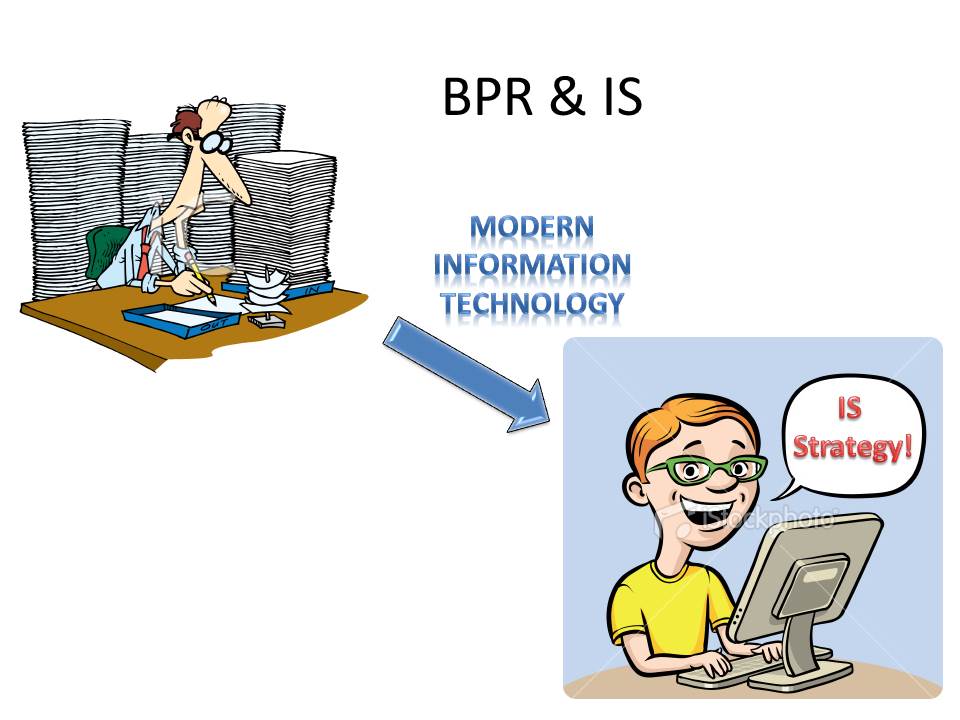
The three steps of reengineering
This diagram (click, blue diagram appears) demonstrates how IT and IS support Business Process Reengineering step by step
These are the three steps of reengineering:
Using information technology, we can address what an organization is lack of, what kind of needs (click, “identify needs” appears) drive this organization to reengineering. Knowing the gaps between what we are now and what we need to be, we will come up several develop options for radical change. On the other hand, IT is not only a tool to identify needs, it is also an enabler of change (click, “enabler” appears), that means new technology is the drive for a business to develop
When we have possible options for change, we need to evaluate the changes for reengineering process. At this stage, IT and IS can be used to model, simulate and prototype the options for change. After analysis, we will choose the options that suitable for organization’s development strategy.
Implementation is the last step, this is the stage that strategies turn to real actions. For lots of business which have IT as enabler of change, IT and IS will play a significant part as key component to achieve changes.
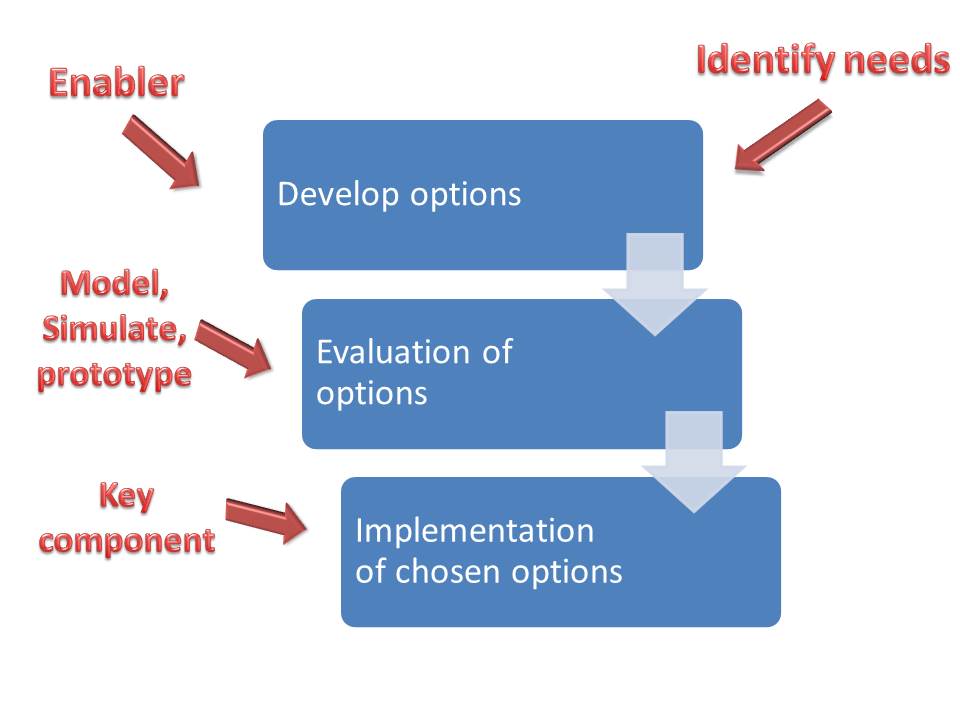
Information Management
- IT.
- Business.
The organization may use a number of different strategies which may be helpful for information delivery. Using information management, the organization can create a specific model according to which information is going to be received, developed, and used. To conduct successful information management, the company should be able to collaborate IT and the business. Only the correct involvement of those two components may guarantee that the information is collected and used effectively and in accordance with the stated goals (McKeen & Smith 2008).
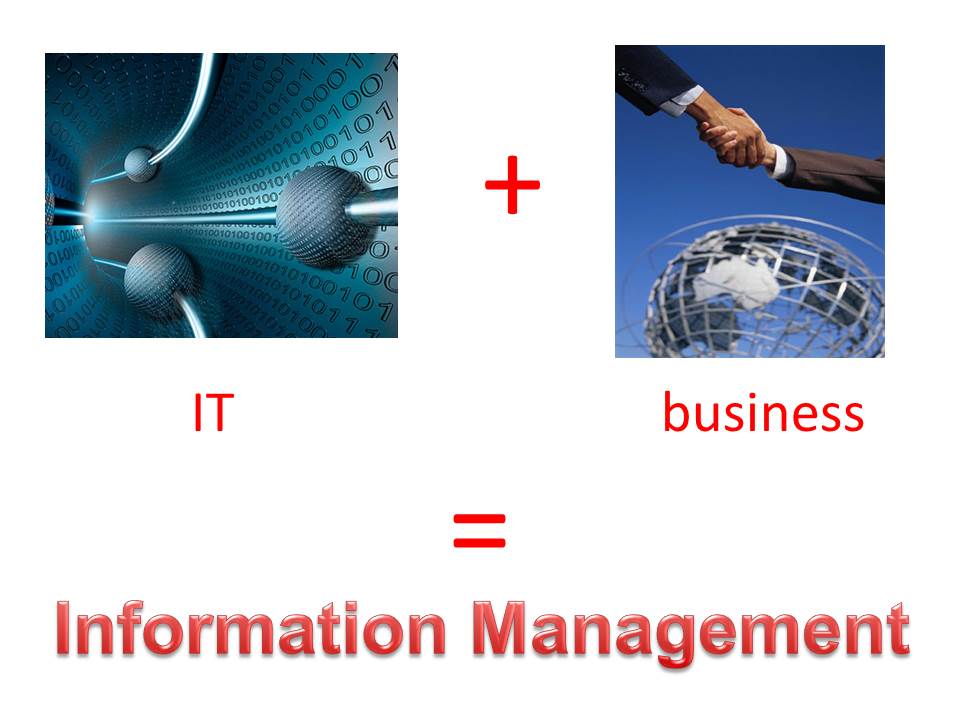
Knowledge management & Information management & Information technology
Information management may be considered as the fundamental strategy for the business success if the strategy is correctly used. The main properties of information management is that both IT effectiveness is collaborated with the individual performance of each employee. Thus, it may be concluded that each member of the staff participates in achieving company objectives in successful use of the information when information management is in action. Information management “represents the ‘meat’ in the data-information-knowledge continuum and provides a foundation that can be used by both IT and knowledge managment to create business value” (McKeen & Smith 2008, p. 100).

Information technology
- Software engineering;
- Network engineering;
- IT consulting & Staffing.
Information technology is a key component of each process in the organization as, according to McKeen and Smith (2008). It is a catalyst, which “can start things happening in organizations which would never have occurred without it; it can stimulate new ideas and start people thinking about possibilities” (p. 120). The data collection and its effective use is impossible without the use of the information technologies which continue developing.
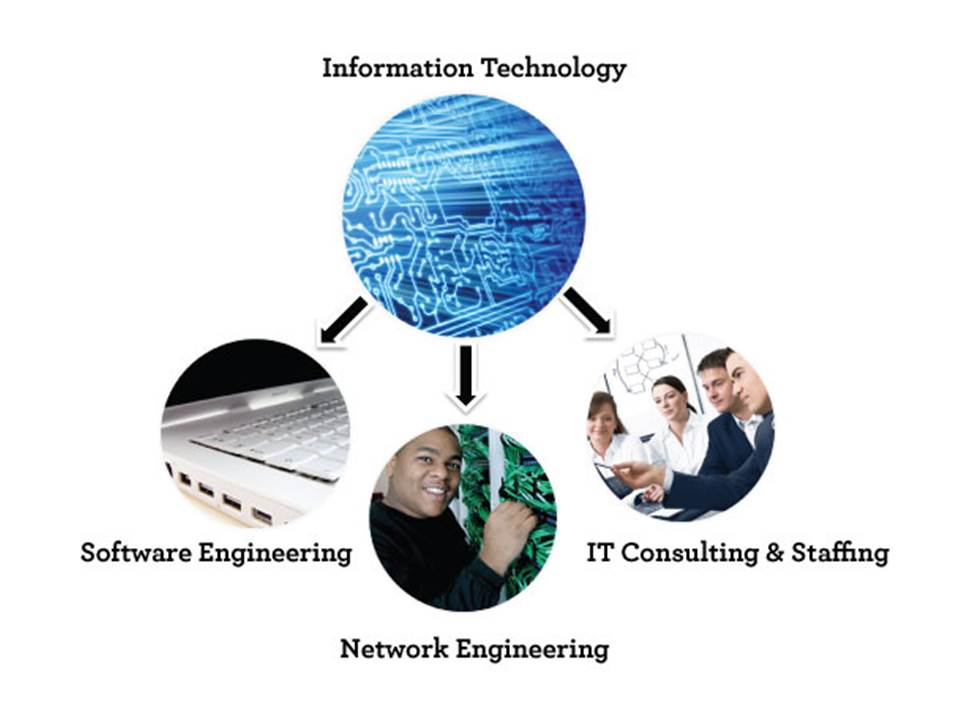
Business intelligence system
- Knowledge management system;
- Online analytical processing systems;
- Decision support systems;
- Executive information systems.
The company should try to use business intelligence system is the best on in organizing, analyzing and communicating corporate data. Business intelligence system is a tool used for working with data and provide its effective and purposeful use both inside the corporation and out of its borders. Business intelligence system includes “knowledge management systems, online analytical processing systems, decision support systems, and executive information systems” (Thierauf 2001, p. 5).
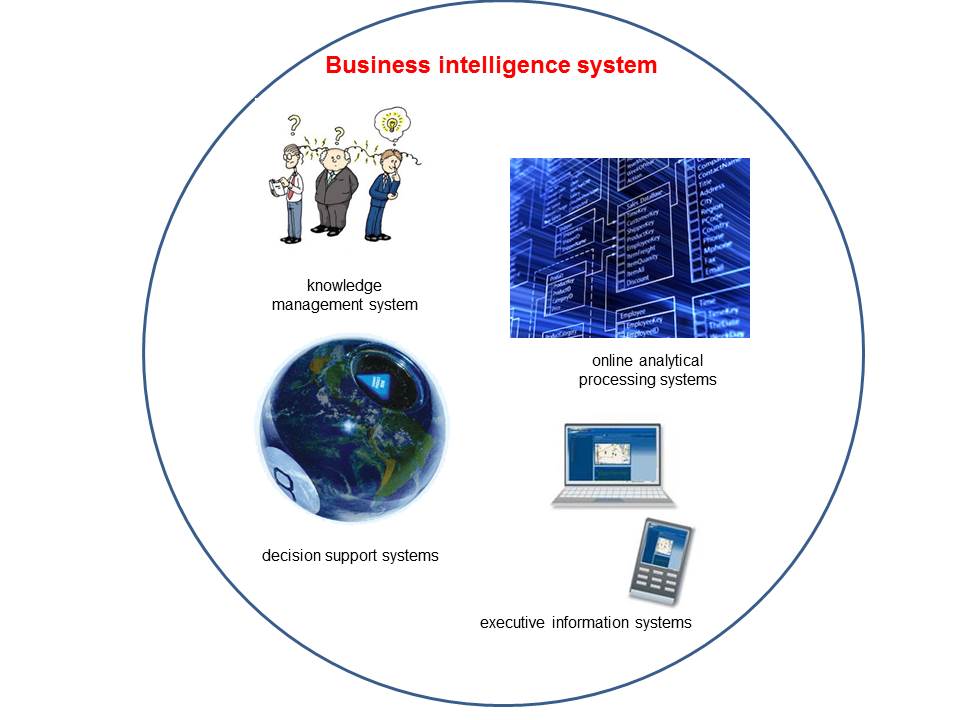
Reference List
McKeen, JD & Smith, H 2008, IT Strategy in Action, Pearson Education, London.
Thierauf, RJ 2001, Effective business intelligence systems, Greenwood Publishing Group, New York.